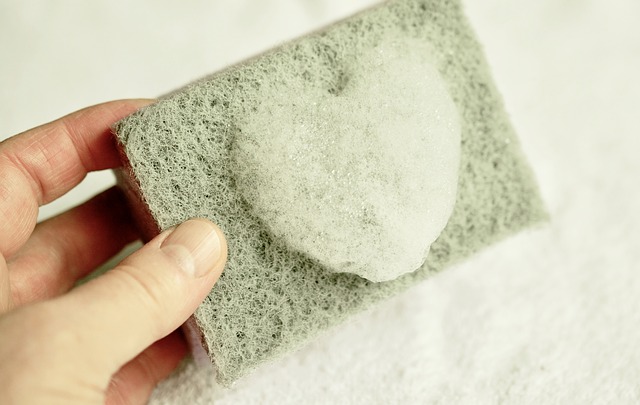The Top Guide for Facility Maintenance & Property Solutions
Managing a facility isn’t always the easiest job because you need to stay on top of everything. As a facility manager, you have strict codes and guidelines to adhere to in order to supply your occupants with a safe and healthy environment.
To properly follow through on the maintenance of your facility, we’ll provide you with some crucial tips so you can ensure that your building is a safe environment that runs as efficiently as possible.
Guidelines for Standard Maintenance
It’s important to always be a step ahead of maintenance. To do so, it’s strongly advised that you perform system checks every few months. Check your heating system, water pumps, and electrical systems to make sure that everything is in order and that the systems are performing as expected.
When you perform your inspections, don’t leave any stones unturned. It’s important to be thorough in your examinations because you could spot a slight issue that, if left unchecked, could result in serious problems. By checking these systems and spotting any issues, you’ll save yourself a ton in future repair costs.
Preventive maintenance is key to averting severe damage of system failures because you can effectively catch the issue before it becomes financially taxing. You’ll want to:
- Check your heating system
- Evaluate your water system
- Assess the electrical systems
Improving & Maintaining Indoor Air Quality
Many factors can have a detrimental effect on your indoor air quality. Common sources include pollen, dust, and fungal spores. You can help to combat these pollutants in a variety of ways.
Never underestimate the value of a floor mat. This is your first line of defense in preventing these pollutants from making their way from occupant shoes into your building. Placing a floor mat on the exterior of your building and directly inside the entryway or lobby will help to reduce these materials from working their way into your air.
One of the hot spots for poor air quality can be found in your facility’s bathrooms. Due to the heavy foot traffic and the abundance of moisture and humidity, the restrooms can be a breeding ground for pollutants. Luckily, there are several steps to increase the air quality of your restrooms.
Automatic air fresheners can be effective for combatting the odors, but the problem may be within your bathroom stalls.
Most plastics can absorb moisture and sprout mold, further reducing the quality of your air. So think about getting new bathroom stalls and partitions made of stronger materials like high-density polyethylene (HDPE). HDPE materials are impervious to mold growth and provide a durable structure that can outlast most plastics.
Make Your Facility Sustainable & Efficient
It’s every facility manager’s goal to make his or her building more sustainable and operate at maximum efficiency. There are several things you can do to increase the efficiency of your facility and make it more sustainable and eco-friendly. Some of these steps can help to reduce operating costs as well as reduce your facility’s environmental impact.
Making the switch to green cleaning materials has several benefits because they’re made from natural ingredients, which can reduce the adverse health effects and chronic illness. Using green cleaning products will help to reduce any VOC emissions from contaminating your air.
Another approach to keeping your building efficient and sustainable is through the use of sustainable building products. You learned earlier that HDPE is more durable than most thermoplastics and building materials. But did you know that it’s 100% recyclable too? Almost all HDPE products are made from post-consumer material, making it a versatile and sustainable building material you can use to make your facility more eco-friendly and sustainable.
Want to learn more tips about maintaining your facility? Check out these blog posts, How HDPE Can Save Your Facility Maintenance Costs and Maintenance Tips for Commercial Restrooms



